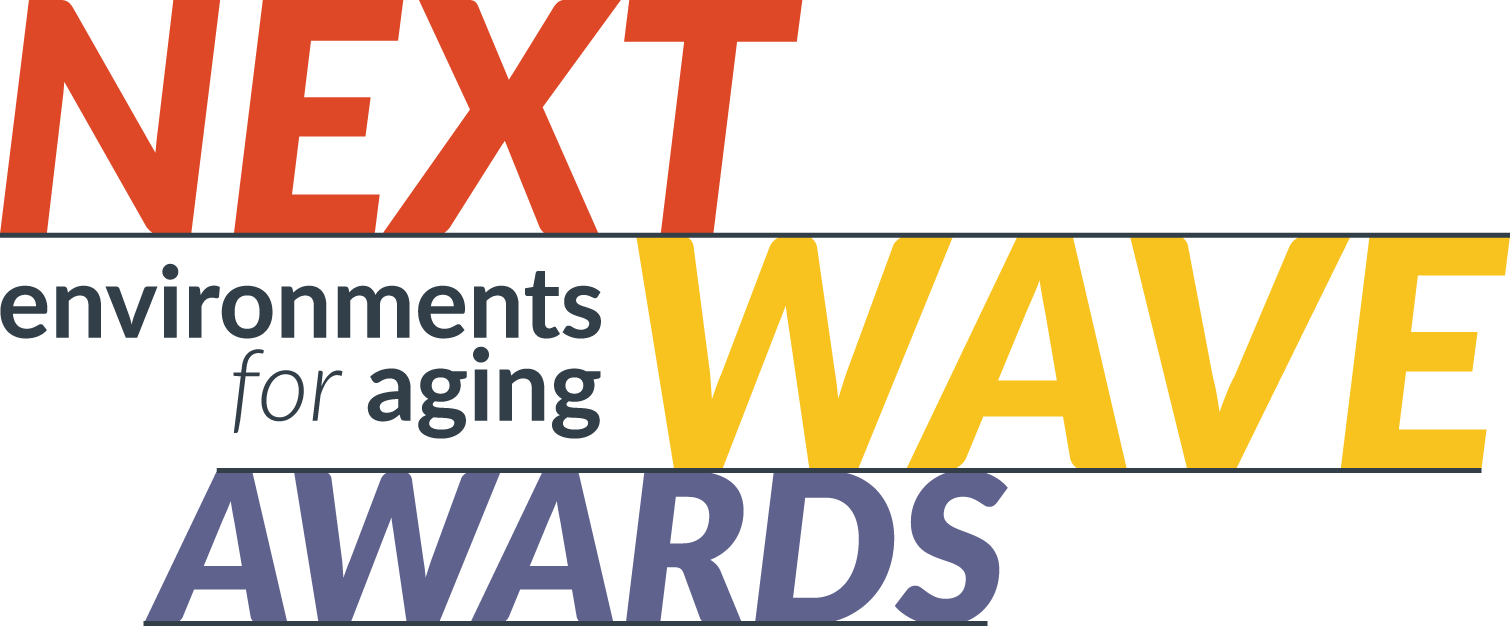The 2024 Environments for Aging Conference + Expo, held April 13-16 in Atlanta, will feature a variety of keynote and breakout sessions.
Environments for Aging is previewing some of the upcoming educational sessions in a series of Q+As with speakers, sharing what they plan to discuss and key takeaways they’ll offer attendees.
Session: “Bring Affordable Housing to Your Life Plan Community—A Step-By-Step Guide.”
Speakers: Deborah Seitz, principal, Lenhardt Rodgers Architecture + Interiors; Laura Northup, principal, M & L Associates; Joyce Lenhardt, principal Lenhardt Rodgers Architecture + Interiors
This session presents a “how to” for deciding if government programs are best for your community that needs housing for lower-income seniors. Presenters will help identify and explain various government funding sources for affordable senior living, how to evaluate a project for eligibility, and how these programs can affect the design and construction of the building.
Environments for Aging: Affordable senior housing is a growing need. What types of projects are most suitable for government funding?

Deborah Seitz (Image credit: Matthew Tennison)
Deborah Seitz: Project sites in walkable communities with access to public transportation, retail, personal services, and public spaces are more able to attract funding. This could include projects located in, or next to, a continuing care retirement community that allows the residents to use the facilities with, or without a fee. Rental projects are most suited for funding.
Additionally, projects that bring something more than just the housing are most desirable, such as improving an under-utilized site, creating a new public green space, or sharing spaces with the greater community.
What’s the first step in deciding what funding source and options are best for a senior living community?

Laura Northup (Image credit: Matthew Tennison)
Laura Northup: Select an experienced development team. Each member can help ease the process through their own expertise.
It is important to make connections with your local political leadership early in the process. They may need to understand what “affordable housing” is. Learn if the town or city receives a direct allocation of U.S. Department of Housing and Urban Development (HUD) funds.
The political leadership often has access to grants and other funding that can be allocated to your project, but they must know about it and recognize the need.
Additionally, it’s important to know the timing of funding application deadlines and award announcements, restrictions such as construction-type, number of units, rental versus homeownership, and maximum request allowed.
It may sound daunting, but putting in this early effort will help a senior living community make the right decision about moving forward.
What’s a common misconception about government funding sources for senior affordable housing?
Northup: Affordable housing is often confused with public housing. It is important to know low-income housing tax credit (LIHTC) developments are considered affordable housing.
LIHTC is a private-equity investment whereas public housing is 100 percent owned by HUD.
The LIHTC projects need to meet high standards for quality and location, which are not required of public housing. There are also income levels required for residents of affordable housing while public housing is paid through vouchers.
How can a funding program impact the design and construction of a building?
Seitz: The overall building image is largely up to the owner, developer, and architect but LIHTC developments, and other funding sources that often accompany these projects, have rigorous design requirements that certainly influence the design.
These requirements ensure the building(s) last a long time, are maintenance friendly, sized appropriately, have healthy indoor air quality, and include required spaces for community activities, offices for management, and supportive services.
It is widely recognized that utility costs are a large burden to people with limited means. LIHTC takes that seriously. They work to minimize utility costs for the residents by requiring high levels of energy efficiency.
Projects that follow a recognized energy-efficiency program typically used with LIHTC projects, such as USGBC LEED or Enterprise Green Communities, are often awarded tax credits over projects that do not.
What’s one takeaway from your session that you hope attendees will walk away with?

Joyce Lenhardt (Image credit: Matthew Tennison)
Lenhardt: Affordable housing establishes stability in a town or city community while providing much needed housing to its most vulnerable residents. Although the process can take time, there is a path forward for owners to provide affordable housing.
Using government funding will help with the costs and it is up to the owner to determine what level of integration with their current campus works best for them.
For more on the 2024 EFA Conference schedule and registration, visit environmentsforaging.com.








